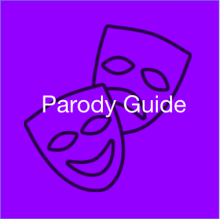What is it?
A parody is a new work that uses parts of an older work to comment on or criticizes that same older work, usually in a funny way.
Usually, if someone’s work is copyrighted, you need their permission to use it.
However, a parody of a copyrighted work can qualify as a Fair Use, which means you don’t need the copyright owner’s permission to make and share your parody.
However, just because something is funny (like changing the lyrics to a popular song) doesn’t necessarily make something a Fair Use parody.
Is my parody a Fair Use?
There’s no simple rule, but courts weigh FOUR factors when deciding whether or not a parody is a fair use of someone else’s copyrighted original work:
- If you’ve changed or added a lot to the original work (instead of just copying), it’s more likely to be a fair use.
- If your work is meant more to educate people than to entertain people, it’s more likely to be a fair use.
- If you only used a tiny portion of the original work (rather than a lot), it’s more likely to be a fair use.
- If your parody DOESN’T hurt the original work’s value (because you’re selling yours too, or because it makes people want the original work less), it’s more likely to be a fair use.
Examples of parody
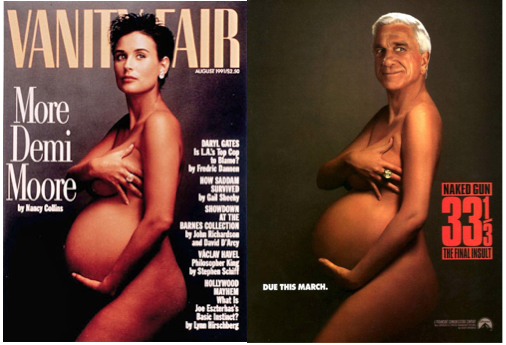
Demi Moore Vanity Fair cover vs. Naked Gun 33 1/3 film poster

Mercedes Benz car vs. “Furcedes”
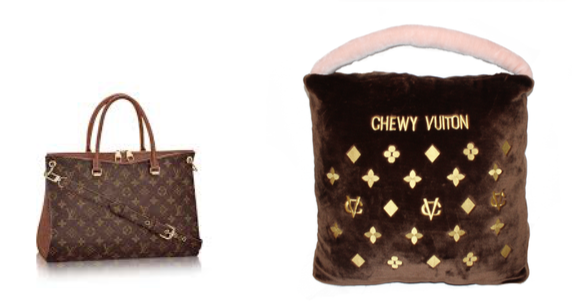
“Chewy Vuitton” dog toy vs. Louis Vuitton handbag
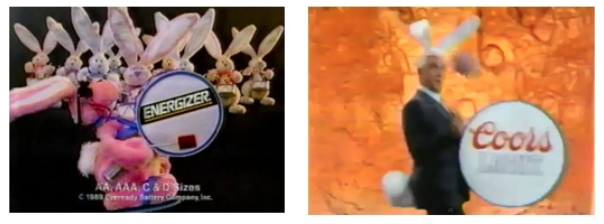
Original Energizer Battery Commercial vs Coors Light Parody commercial
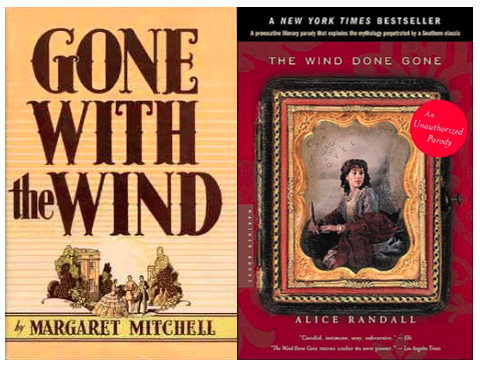
“Gone with the Wind” vs. “The Wind Done Gone” parody novel

The Cat in the Hat children’s book vs. “The Cat NOT in the Hat” OJ Simpson parody

Starbucks vs Dumb Starbucks
